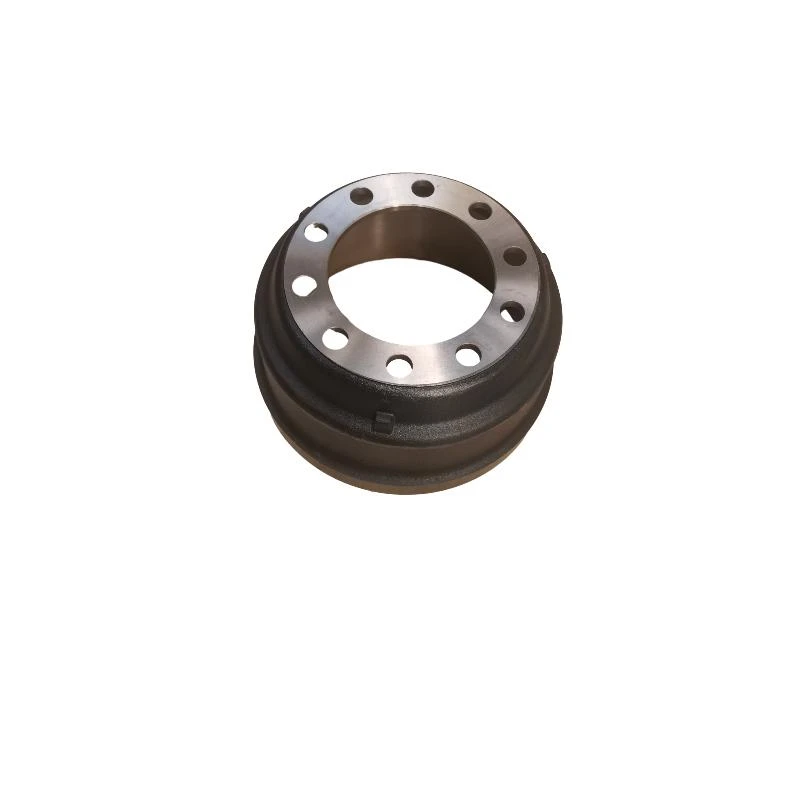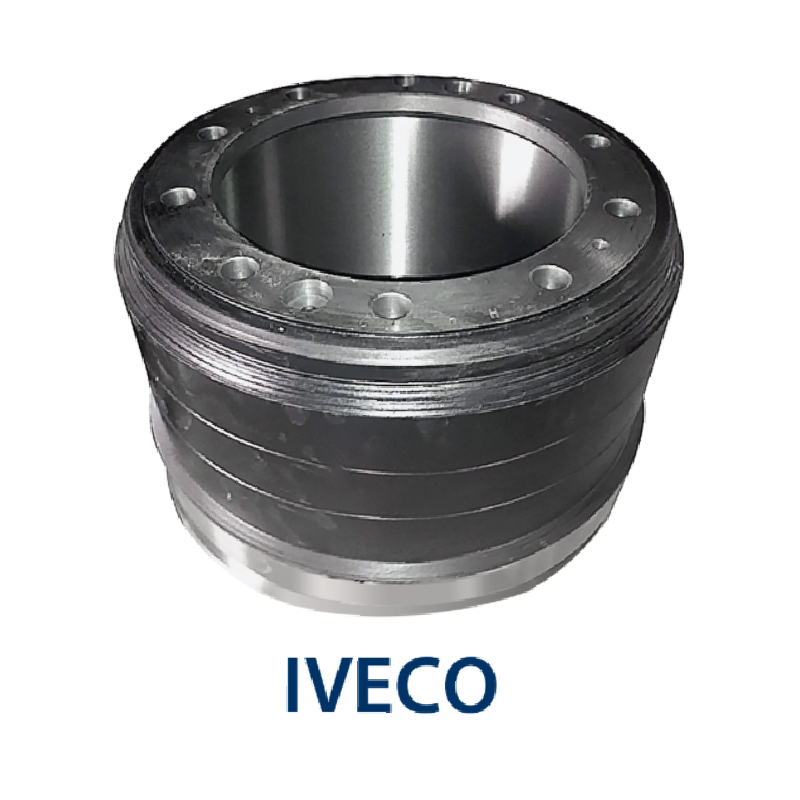Jan . 31, 2025 05:34 Back to list
Webb Drums
Mastering the Art of Changing Brake Drums and Shoes An Expert Guide
3. Removing the Brake Drum Depending on your vehicle, removing the drum may require you to remove additional screws or free a stuck drum with a gentle tap from a rubber mallet. In some cases, adjusting the brake adjuster through the access port may be needed to pull the drum off easily. 4. Inspect and Compare With the drum removed, examine the brake shoes for wear patterns. Compare new shoes with the old ones to ensure a perfect match, verifying size, shape, and style. 5. Replacing Brake Shoes Carefully remove the springs and retainers holding the old brake shoes. Assemble the new shoes, ensuring all springs and clips are correctly positioned. A perfect fit is crucial for function and safety. 6. Fitting the New Drum Before installation, apply brake cleaner to remove any residue or oil on the new drum. Slide the drum onto the hub carefully, ensuring a snug fit. 7. Reassembling Components Reinstall the wheel, tightening lug nuts in a star pattern to prevent warping. Lower the vehicle back to ground level and perform a final torque check on lug nuts to manufacturer specifications. 8. Testing Once both drums and shoes have been replaced, conduct a series of brake tests in a safe environment to ensure proper installation and function. Listen for unusual noises and pay attention to pedal response. Professional Expertise and Recommendations Changing brake drums and shoes requires focus, precision, and an understanding of brake mechanics. Although many find this task manageable as a DIY project, consulting a professional mechanic guarantees success without compromise. Technicians bring experience and specialized tools, ensuring parts are not only installed correctly but also validated for safety and performance. Conclusion To encapsulate, the task of changing brake drums and shoes, though intricate, is pivotal in maintaining vehicle safety and performance. By recognizing the importance of regular maintenance and understanding the replacement process, vehicle owners empower themselves with the knowledge to enhance the longevity and efficacy of their braking systems. Stay proactive, remain informed, and prioritize safety on every drive.


3. Removing the Brake Drum Depending on your vehicle, removing the drum may require you to remove additional screws or free a stuck drum with a gentle tap from a rubber mallet. In some cases, adjusting the brake adjuster through the access port may be needed to pull the drum off easily. 4. Inspect and Compare With the drum removed, examine the brake shoes for wear patterns. Compare new shoes with the old ones to ensure a perfect match, verifying size, shape, and style. 5. Replacing Brake Shoes Carefully remove the springs and retainers holding the old brake shoes. Assemble the new shoes, ensuring all springs and clips are correctly positioned. A perfect fit is crucial for function and safety. 6. Fitting the New Drum Before installation, apply brake cleaner to remove any residue or oil on the new drum. Slide the drum onto the hub carefully, ensuring a snug fit. 7. Reassembling Components Reinstall the wheel, tightening lug nuts in a star pattern to prevent warping. Lower the vehicle back to ground level and perform a final torque check on lug nuts to manufacturer specifications. 8. Testing Once both drums and shoes have been replaced, conduct a series of brake tests in a safe environment to ensure proper installation and function. Listen for unusual noises and pay attention to pedal response. Professional Expertise and Recommendations Changing brake drums and shoes requires focus, precision, and an understanding of brake mechanics. Although many find this task manageable as a DIY project, consulting a professional mechanic guarantees success without compromise. Technicians bring experience and specialized tools, ensuring parts are not only installed correctly but also validated for safety and performance. Conclusion To encapsulate, the task of changing brake drums and shoes, though intricate, is pivotal in maintaining vehicle safety and performance. By recognizing the importance of regular maintenance and understanding the replacement process, vehicle owners empower themselves with the knowledge to enhance the longevity and efficacy of their braking systems. Stay proactive, remain informed, and prioritize safety on every drive.
Next:
Latest news
-
Scania Brake Drums: OEM Quality for Optimal Safety & Durability
NewsAug.16,2025
-
R.V.I: Advanced Remote Visual Inspection for Precision
NewsAug.15,2025
-
Discover HYUNDA: Innovative Vehicles, Equipment & Solutions
NewsAug.14,2025
-
R.V.I: Unlock Advanced Insights & Real-time Performance
NewsAug.13,2025
-
Kamaz Brake Drum: Durable & Reliable for Heavy Duty Trucks
NewsAug.12,2025
-
Heavy Duty Iveco Brake Drum - Premium Quality & Safety
NewsAug.11,2025
